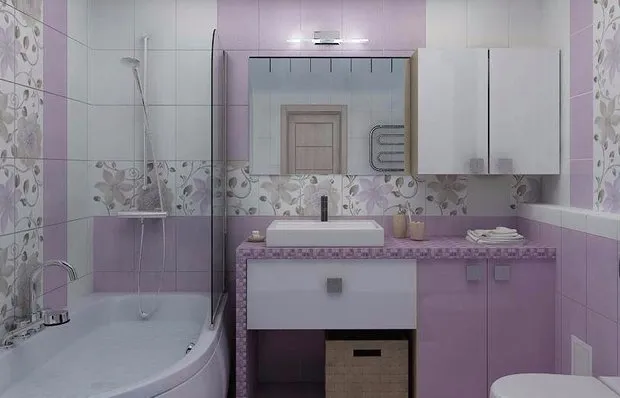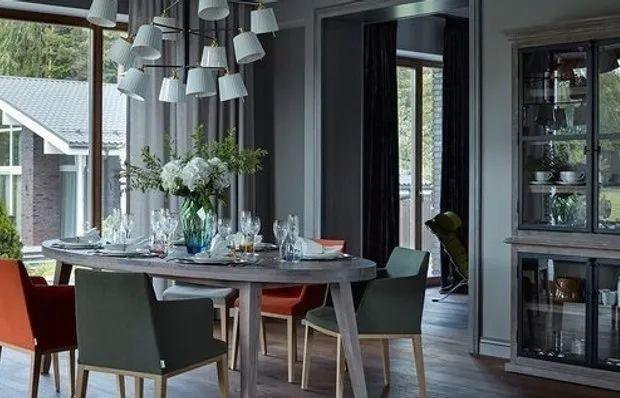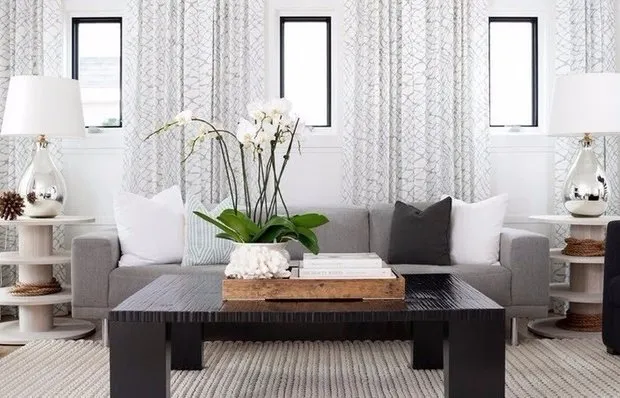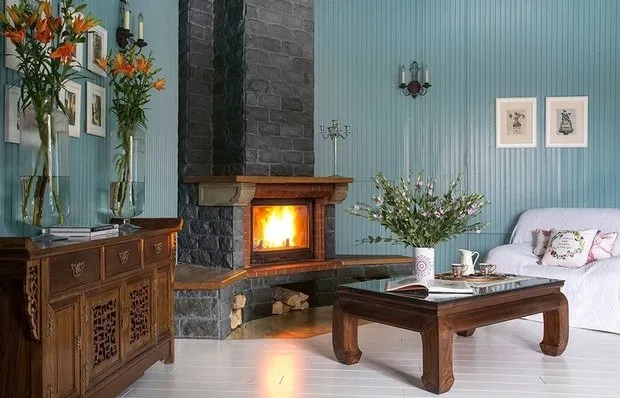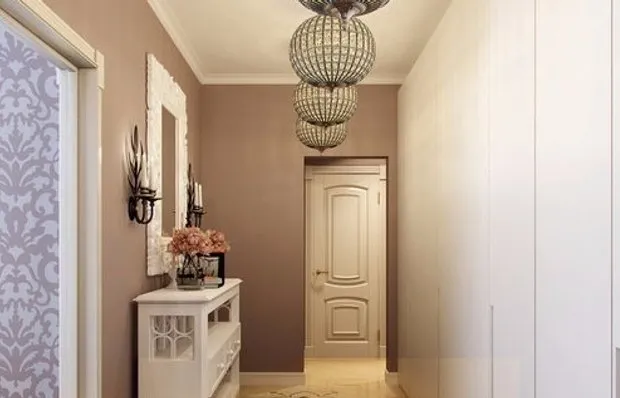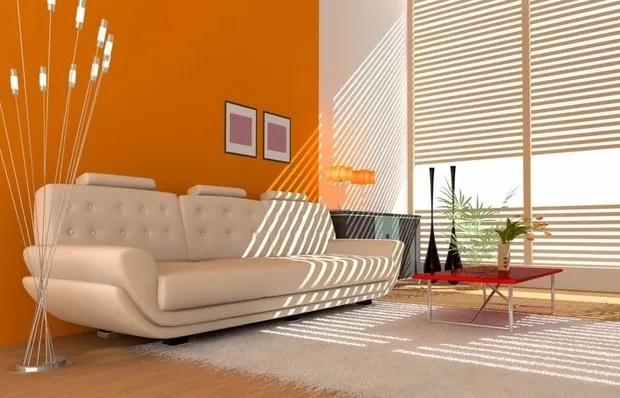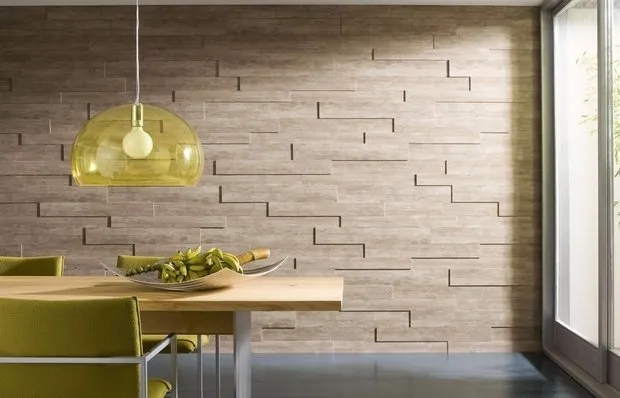There can be your advertisement
300x150
How to Organize Heating in a Private House: 5 Key Tips
We quickly and clearly explain how to plan comfortable heating for a private house and not make mistakes when choosing equipment.
Select the source of heat that will enter your home
The most common option is using a boiler. The heated liquid (usually water) circulates through pipes and heats the water heater, towel warmer, radiators, or underfloor heating system, then returns to the boiler. Boilers come in several types.
- Gas boilers use natural gas as fuel. These boilers are convenient to use if a gas main is nearby. The drawbacks: strict safety requirements.
- Electric boilers don't require fuel — just connect to the electrical grid. They are quiet, compact, and easy to operate, but choosing such a boiler will cost you significantly more in electricity bills.

- Operation of solid fuel, liquid fuel, and hybrid boilers is not dependent on external factors; they are not afraid of power outages. These boilers are reliable and durable, and the fuel is cheaper than costs for gas or electric models. However, you must load the fuel into the furnace yourself and constantly monitor that it doesn't run out.
Among solid fuel boilers, pellet stoves are particularly popular — highly automated and energy-efficient models that use small wood pellets as fuel. If you install a special bunker for such a boiler, it can operate autonomously for 3 to 7 days.
Hybrid boilers are good because they can work on solid and liquid fuels.
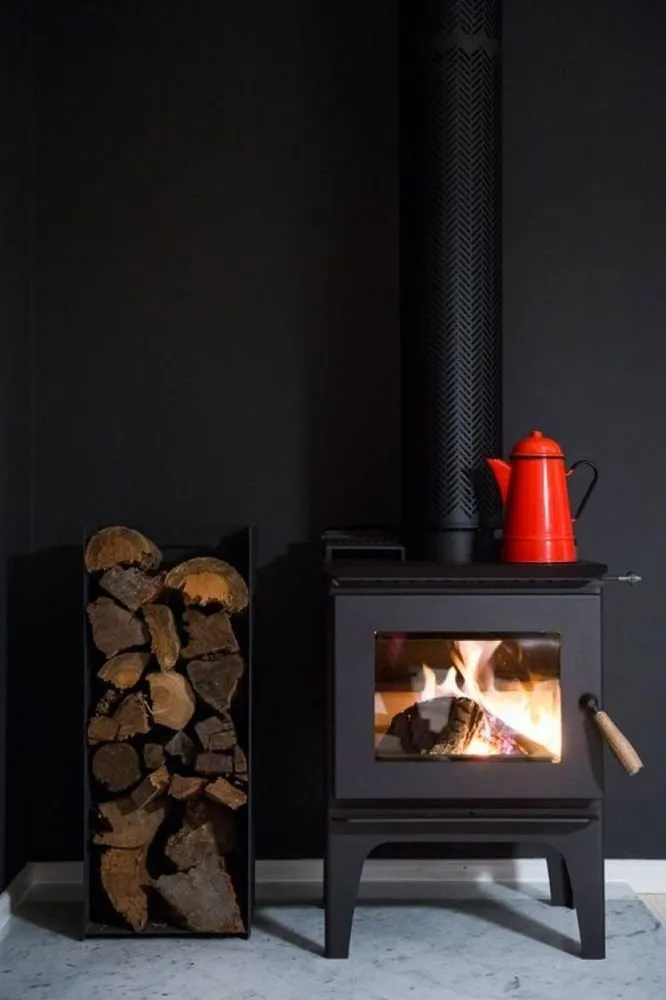
To finalize your choice of boiler, it is important to consider the house area and number of floors, ceiling height, selection of heating appliances, and other factors. If possible, visit a local exhibition of heating equipment to consult directly with manufacturers. They will tell you about new products and demonstrate them in action.
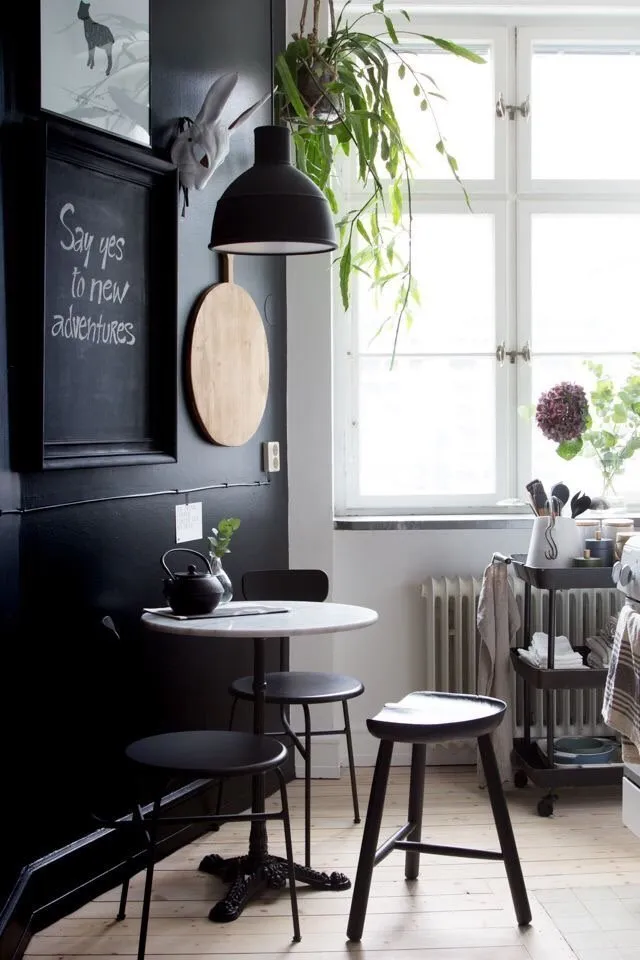
Decide what heating appliances you plan to use
Underfloor heating or traditional radiators? Or maybe convector units? The choice of appliances that best suit your home and heating system can depend not only on budget and personal preferences but also on the house's structure and its working heating system.
Radiators are a universal option, with many variations—from budget panel bimetallic models to more expensive steel and cast iron versions. Modern radiators can also be used as interior decor or even art objects, highlighting the room's style.
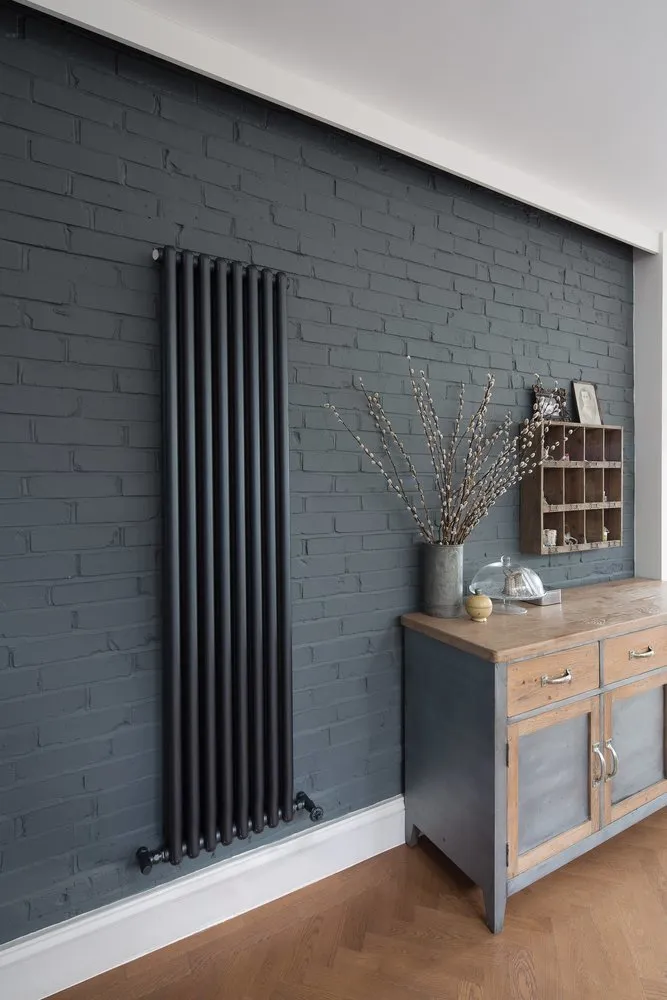
If you have floor-to-ceiling windows, an underfloor convector with neat grilles can help avoid drafts and cold spots around the windows. And underfloor heating is perhaps the most comfortable option: your feet are always warm, and air heated from bottom to top creates a pleasant microclimate in the house.
It is also important not only to choose appliances you like but also to combine them correctly. Underfloor heating plus radiators is probably the best combination. In this case, it's optimal if two-thirds of the room is heated by underfloor heating and one-third by radiators.
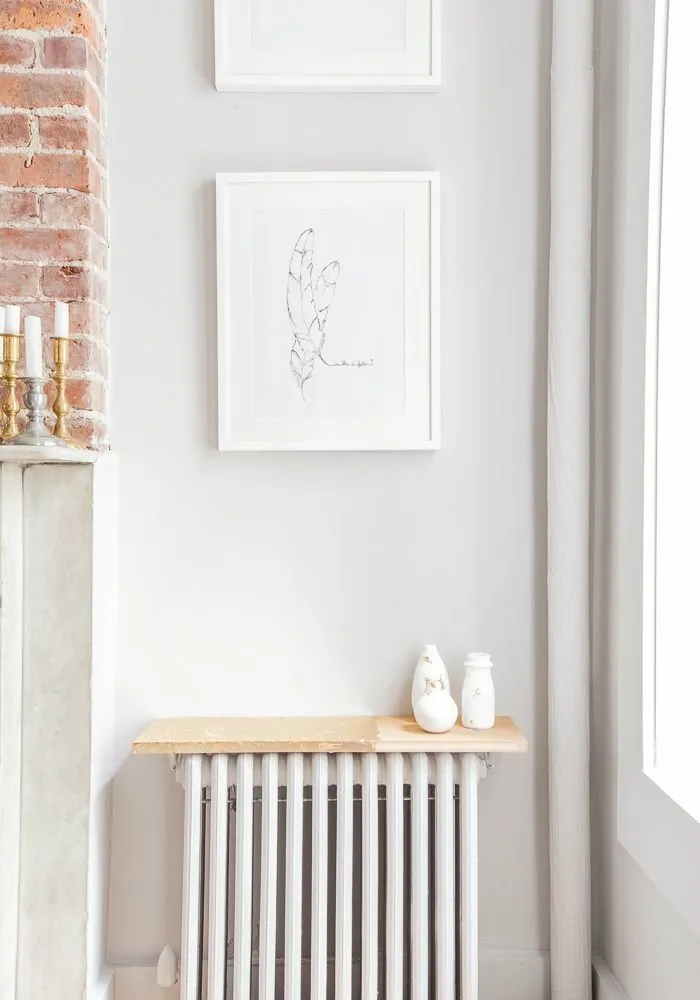
Take care of weather-dependent automation
You can regulate room temperature using thermostats installed in the room or thermostatic heads on radiators. Or you can provide weather-dependent automation.
This is a system of special devices and sensors that adjusts the indoor temperature based on the weather outside. When the outdoor thermometer drops, the indoor temperature automatically increases and vice versa.
This system is often already built into the heating boiler, but you can install "smart" temperature control in your home by purchasing a special set of weather-dependent regulators and auxiliary equipment for the boiler.

Choose reliable boiler equipment
High-quality heating appliances and a properly functioning boiler don’t guarantee that your home’s heating system will work like clockwork, because you also need to ensure proper circulation of the heated liquid through pipes. This is handled by circulation pumps and many other devices, valves, and other important components.
Heated liquid must enter the radiators hot and warm the floor, not the opposite. If heated liquid from the boiler at maximum temperature goes directly to radiators through pipes, then for underfloor heating, the hot liquid from the boiler must be mixed with cold water in a special unit to reach the comfortable temperature for the floor surface.
To simplify solving these problems, company Grundfos, a leading manufacturer of pump equipment, developed the HEATMIX pump groups.
This is a compact system assembled and tested in factory conditions, freeing you from complex installation and messy boiler rooms with numerous pipes, sensors, and unclear accessories.
HEATMIX pump groups can be equipped with UPS, ALPHA2, and ALPHA2 L pumps. It's much easier to select the optimal configuration for a quick-installation group for a specific project than to assemble your own system from "scatter" on the market.
In addition, it's important to regulate the shut-off and control elements of your heating system — that is, to balance it. This is necessary so that the appropriate amount of fluid flows through each radiator or underfloor heating circuit. This is a long and tedious job, but only in this way will the heating system function properly and efficiently. Properly balanced heating systems ensure comfortable indoor temperatures, and can also save up to 20% of fuel and electricity.
For quick and professional system balancing, you can use the ALPHA3 circulation pump. To perform system balancing, this pump must be installed in place of the circulation pump. By the way, the task is simplified for owners of the ALPHA2 circulation pump, as this pump's design includes a removable head that can be replaced with the head of the ALPHA3 pump during balancing. Manufacturers recommend ALPHA3 as a clear and professional tool for both homeowners and installers.
Work only with qualified installers
Remember that a good specialist is a niche expert whose competencies are confirmed by certification and the “Certified Installation Organization” mark. Such an organization will be well aware of the pitfalls that can accompany installation of heating equipment, has broad experience working on various projects and with specific products or suppliers.
Before starting the work, don't forget to sign a contract for installation services that includes the scope and cost of the work, as well as all guarantees. Ask about post-guarantee service.

Also read:
- Maintenance in Practice: How to Install a Warm Floor
- Useful Tips for Choosing Radiators
- Warm Deployment: 5 Ways to Hide Radiator Heating Units
